Few names in horology command the same reverence as Rolex. The five-pointed crown logo is more than just branding—it’s a global symbol of prestige, achievement, and timeless style. From its modest beginnings in early 20th-century London to becoming the world’s most recognisable luxury watchmaker, Rolex’s rise is a story of innovation, marketing genius, and relentless pursuit of excellence.
In this article, we’ll dive deep into the history of Rolex, exploring how it became the undisputed “King of Watches.”
The Birth of Rolex: Humble Beginnings in 1905
Rolex was founded in 1905, but not in Switzerland as one might expect. The story begins in London, when Hans Wilsdorf, a visionary German entrepreneur, and his brother-in-law Alfred Davis established Wilsdorf & Davis. Their mission was simple but ambitious: to bring reliable, precise wristwatches to a world that still considered pocket watches the standard.
At the time, wristwatches were often dismissed as feminine accessories, while men clung to their pocket watches. Wilsdorf, however, foresaw a future where wristwatches would become practical, fashionable, and essential.
By 1908, Wilsdorf registered the brand name “Rolex”, a short, catchy, and universally pronounceable word. He wanted something that could fit elegantly on a watch dial while being easy to recognise across languages—a forward-thinking branding move that proved genius.
Moving to Switzerland: The Heart of Watchmaking
In 1919, Rolex moved its operations to Geneva, Switzerland, the epicenter of fine watchmaking. This strategic relocation gave the company access to Switzerland’s unparalleled horological expertise and allowed Rolex to position itself as a true luxury Swiss brand.
From its new headquarters, Rolex began producing watches that combined Swiss craftsmanship with Wilsdorf’s vision of durability and precision. It wasn’t long before Rolex started revolutionising the industry with groundbreaking innovations.
Rolex Innovations That Changed Watchmaking
What sets Rolex apart isn’t just prestige—it’s innovation. Throughout its history, Rolex has been a pioneer, introducing technologies and designs that became benchmarks for the entire industry.
1. The First Chronometer-Certified Wristwatch (1910)
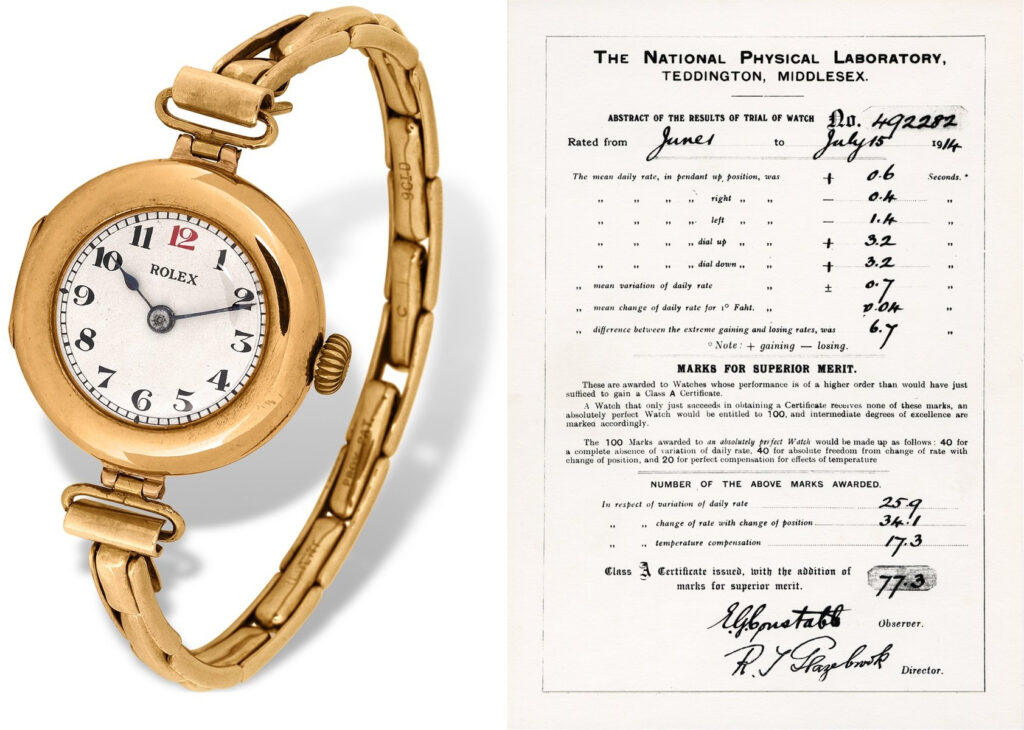
In 1910, a Rolex watch received the first-ever chronometer certification for a wristwatch from the Official Watch Rating Centre in Switzerland. This was a turning point: it proved that wristwatches could be as accurate as traditional pocket watches, silencing skeptics.
2. The Oyster Case (1926)
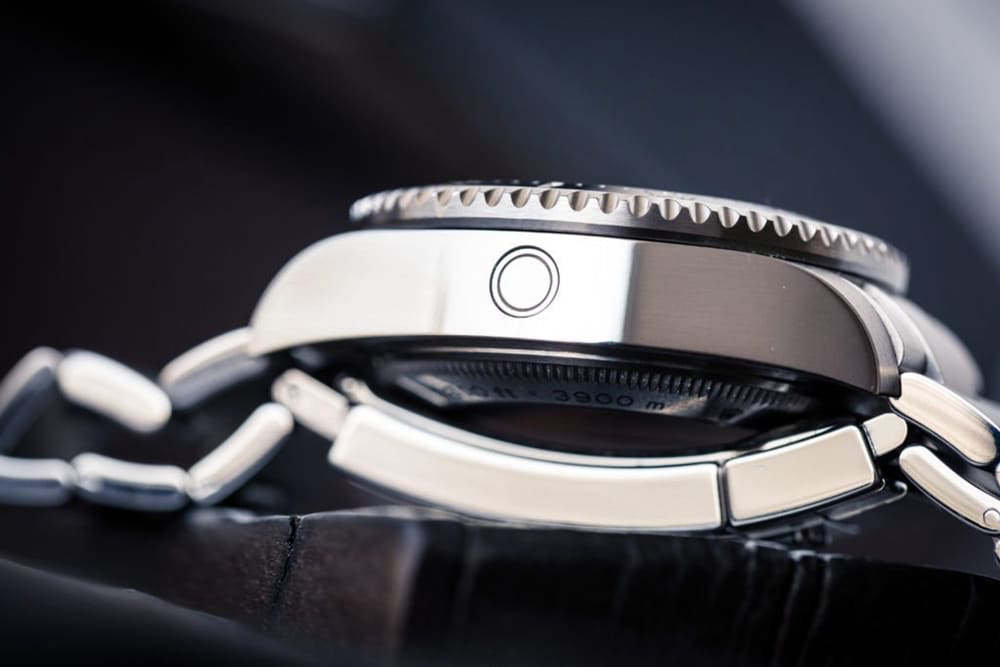
Perhaps Rolex’s most iconic contribution, the Oyster case, was patented in 1926. Marketed as the world’s first waterproof wristwatch, it sealed the movement in an airtight case, protecting it from dust and moisture.
The launch was brilliantly marketed—Rolex gave an Oyster watch to British swimmer Mercedes Gleitze, who wore it while swimming across the English Channel in 1927. The watch emerged in perfect working order, and Rolex capitalised on the feat with full-page newspaper ads.
3. The Perpetual Rotor (1931)

In 1931, Rolex invented the Perpetual rotor, the world’s first self-winding mechanism powered by wrist movement. This automatic movement eliminated the need for manual winding and became the foundation for nearly all automatic watches that followed.
4. The Datejust (1945)
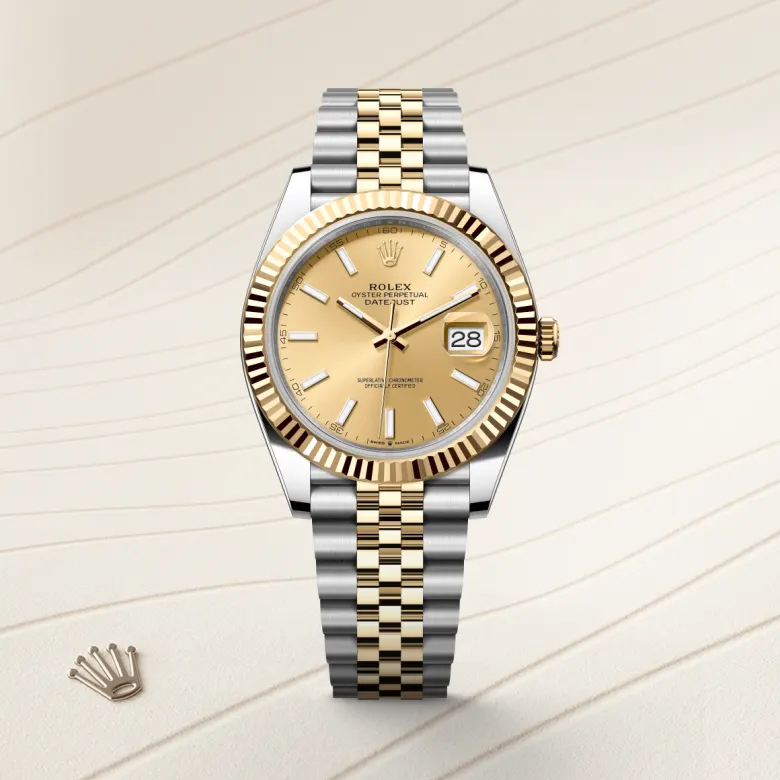
To mark its 40th anniversary, Rolex introduced the Datejust, the first self-winding chronometer wristwatch with a date window on the dial. It set the standard for practical yet elegant luxury watches.
5. The Submariner (1953)
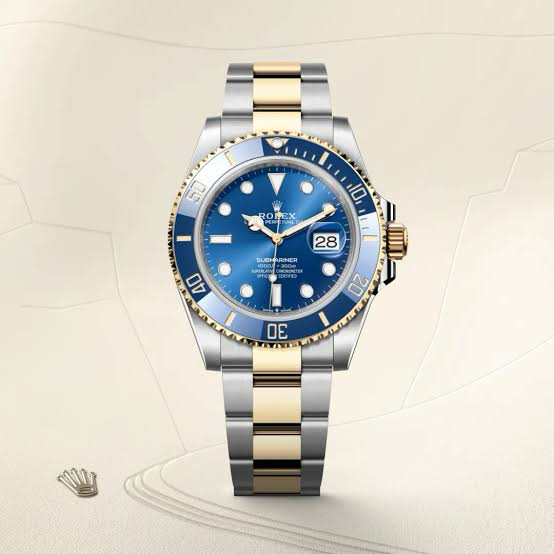
With the rise of professional diving, Rolex created the Submariner, the first watch waterproof to 100 meters. It became the quintessential dive watch, beloved by both professionals and style icons—including James Bond.
6. The GMT-Master (1955)
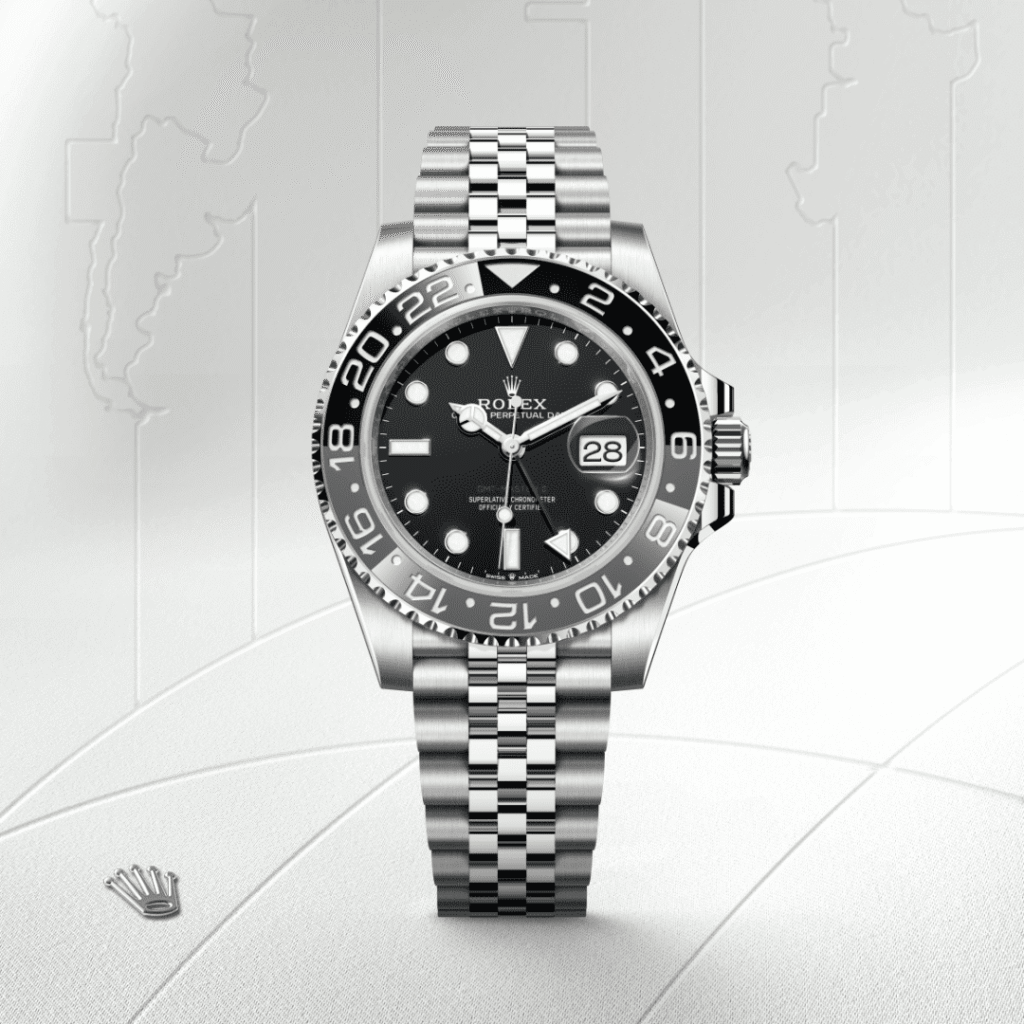
Designed in collaboration with Pan Am Airways, the GMT-Master allowed pilots to track multiple time zones simultaneously—an essential tool during the jet age.
7. The Day-Date (1956)
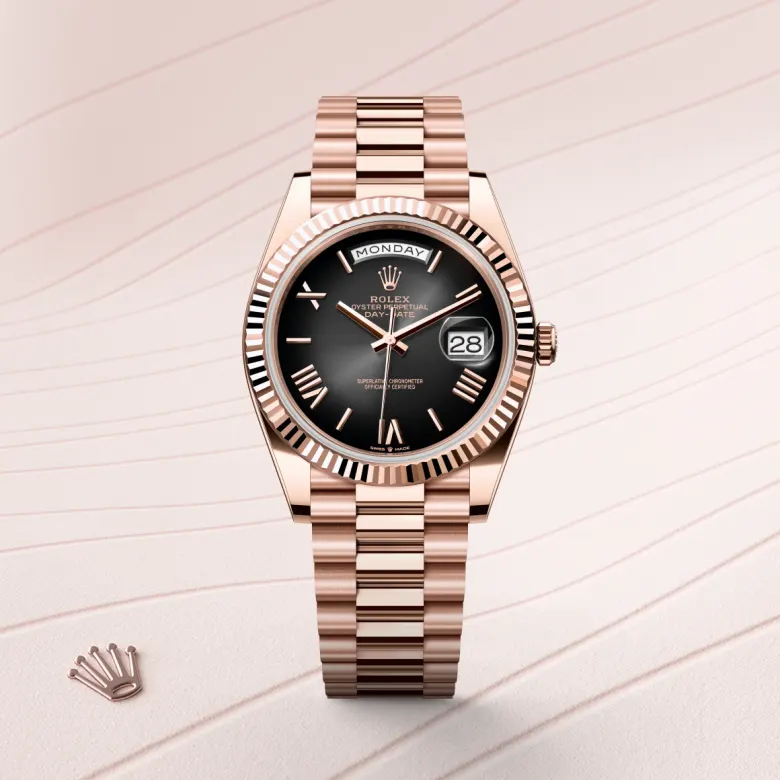
The Day-Date made history as the first wristwatch to display both the date and the day spelled out in full. It quickly earned the nickname “The President’s Watch” after adorning the wrists of U.S. presidents and world leaders.
From then on, Rolex continued refining rather than reinventing, but these innovations cemented its legacy as the king of functionality and design.
Rolex and Marketing: Crafting the Crown
While Rolex excelled in engineering, its marketing strategy was equally brilliant. Hans Wilsdorf understood that people don’t just buy watches to tell time—they buy them as symbols of success, adventure, and identity.
Rolex sponsored high-profile expeditions, athletes, and explorers to prove its watches in the harshest conditions. Some famous milestones include:
- 1933: Rolex watches accompanied the first flight over Mount Everest.
- 1953: Sir Edmund Hillary and Tenzing Norgay carried Rolex Oysters during the first successful ascent of Mount Everest.
- 1960: A specially designed Rolex Deep Sea Special reached the bottom of the Mariana Trench strapped to Jacques Piccard’s submersible.
These feats weren’t just technical validations; they were stories of human triumph, with Rolex always on the wrist.
At the same time, Rolex cultivated its image as a watch of achievement. Whether it was crossing the ocean, scaling mountains, or entering boardrooms, Rolex positioned itself as the watch you earn, not just buy.
Rolex and Pop Culture: A Symbol of Success
Rolex didn’t just conquer the world of explorers—it became a cultural icon.
- James Bond: Sean Connery wore a Rolex Submariner in Dr. No (1962), cementing the watch as a cinematic legend.
- Presidents and Leaders: The Rolex Day-Date became known as “The President” after adorning the wrists of Lyndon B. Johnson, Ronald Reagan, and other heads of state.
- Celebrities: From Paul Newman (whose Daytona remains one of the most valuable watches ever sold) to modern-day icons like Roger Federer, Rolex has been synonymous with achievement across generations.
The Modern Era: Rolex Today
Today, Rolex is not just a watch brand—it’s an empire. Unlike many Swiss watchmakers, Rolex remains a privately held foundation, the Hans Wilsdorf Foundation, which reinvests profits into research, development, and philanthropy.
Rolex continues to refine its classics—Submariner, Daytona, GMT-Master, Explorer—while maintaining strict control over supply, creating exclusivity that fuels demand. Its watches are notoriously difficult to purchase at retail, with waiting lists stretching years for popular models.
This scarcity, combined with enduring quality and brand prestige, has made Rolex watches not just timepieces, but investment assets. Many models appreciate in value, particularly rare vintage editions like the Paul Newman Daytona.
Why Rolex Became the King of Watches
So what explains Rolex’s unparalleled dominance? Several factors converge:
- Innovation: From waterproof cases to automatic winding, Rolex set industry standards.
- Marketing Genius: Aligning the brand with exploration, achievement, and success.
- Consistency: Rolex rarely chases trends. Instead, it perfects timeless designs.
- Exclusivity: Limited supply fuels desire and makes ownership feel special.
- Cultural Influence: From Bond to presidents, Rolex became a symbol of power and prestige.
Other brands may surpass Rolex in complications or artistry—Patek Philippe, Audemars Piguet, and Vacheron Constantin come to mind—but no brand has matched Rolex’s universal recognition and aspirational aura.
Final Thoughts
The history of Rolex is more than a tale of watchmaking—it’s a case study in vision, innovation, and brand-building. From Hans Wilsdorf’s dream of making wristwatches respectable to today’s status as the world’s most desired luxury watch brand, Rolex’s journey is unmatched in horology.
Rolex didn’t just make watches; it created a cultural phenomenon. The Oyster case redefined durability, the Daytona redefined racing style, and the Submariner redefined diving. More importantly, Rolex redefined what a watch means—a celebration of success, achievement, and timelessness.
It’s no wonder that when people think of luxury watches, the crown still reigns supreme.
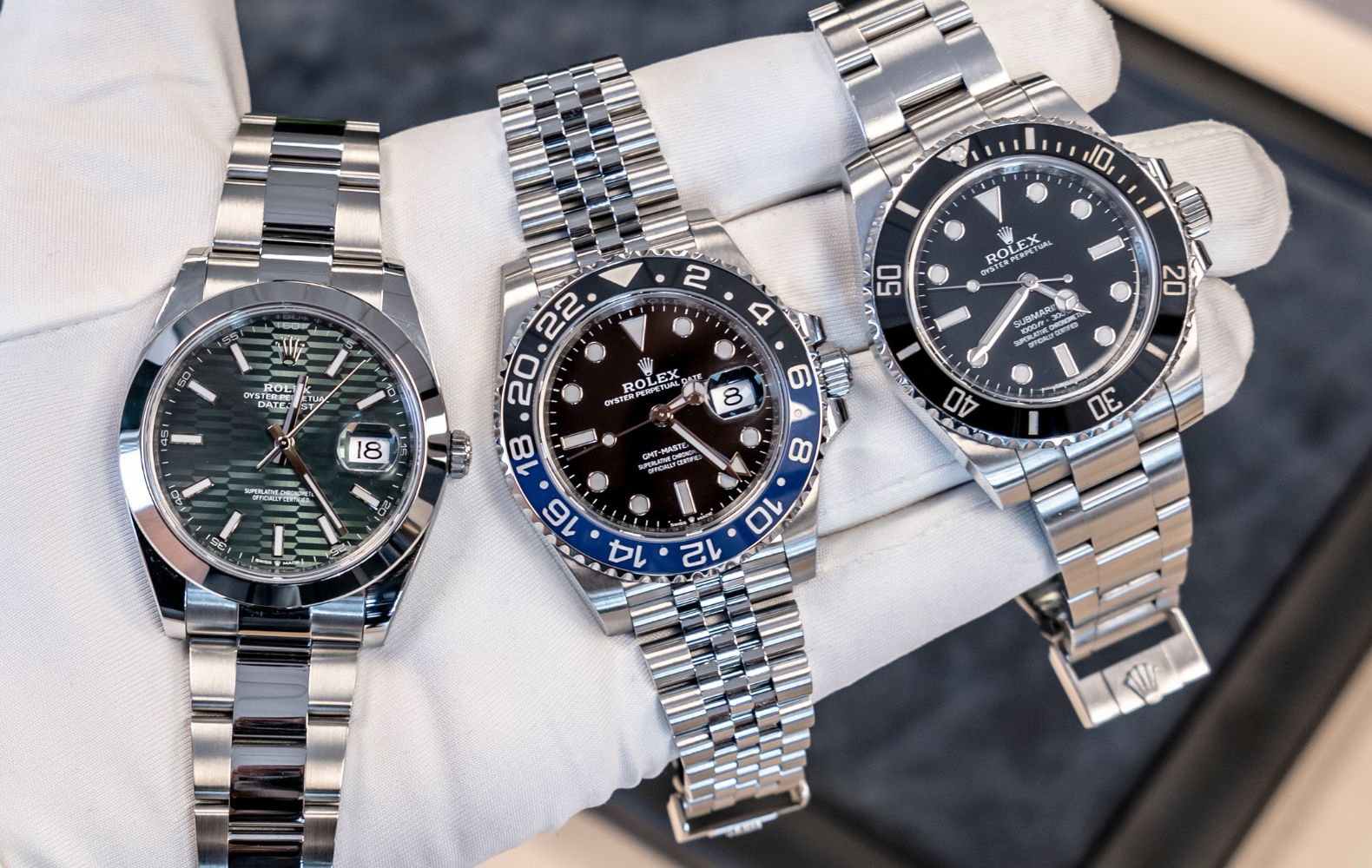
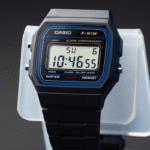
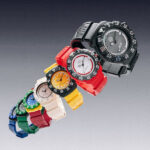
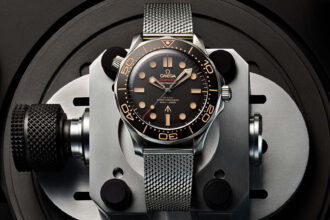
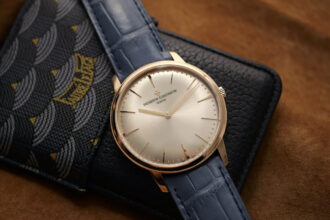
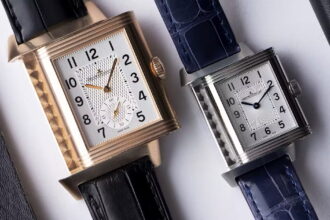
One Comment